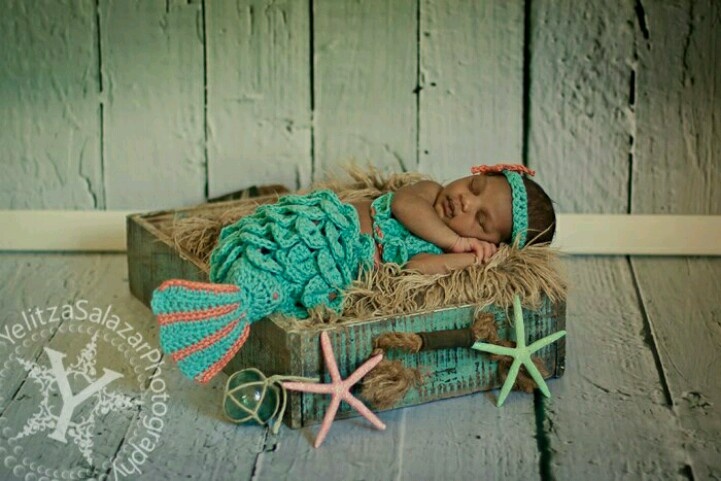

One high point is Buckles’s interview with twenty-six-year-old Arianna Evans. Others describe the chaos at the Superdome, the football stadium that was turned into a public shelter. Survivors recall spending days in their attic waiting to be rescued. Buckles stays close to the ground, letting the first-person testimonies accrete. But “Katrina Babies” refuses to feed the notion that we all felt Katrina equally. Non-New Orleanians think this is a story they can understand, rooted in the universality of a merciless natural event.

When she awoke the next morning, the street was flooded.

One survivor, who stayed in New Orleans with her family during the storm, remembers hearing a loud sound, followed by eerie silence. Obliquely, “Katrina Babies” is a study of the autonomy of the Black child, and of how the government abuses its youngest citizens. He maintains a survivor’s guilt, even though the storm made him a refugee, in Lafayette. Would Buckles have stayed, had he been an adult with the ability to make his own choices? He recalls being told by an elder, while watching footage of the storm in horror, that everyone he knew back home must be dead. The Buckles family left town at the last minute, at the sudden urging of Buckles’s mother, whose son claims she has a knack for prophetic visions. Near the film’s end, the camera zooms out to reveal that the living room is a set, one that the crew comes to disassemble.Īlthough the mayor of New Orleans issued a mandatory evacuation order shortly before the hurricane, thousands of residents stayed, lacking the resources to leave. When we first meet him, he is primping a living room: attending to a throw blanket, organizing photos. He frames his film with correlative scenes that communicate the depth of loss and dislocation. Much of “Katrina Babies” consists of archival disaster footage interwoven with modern interviews Buckles shot the film over a period of seven years, beginning in 2015, as the oldest of his peers were entering their late twenties. He goes to a relative’s house for games and rice and gravy it would be the last family gathering at the house, which was soon destroyed. The director’s wistful narration captures the back-to-school excitement in the neighborhood.

In the late summer of 2005, Buckles was thirteen years old. The director, a Katrina baby himself, and his subjects, other Black survivors of both the storm and the government’s opportunistic response to the storm, make an observation that becomes something of a refrain: “Nobody ever asked the children how they were doing.” Buckles’s memory piece springs from a well of frustration. “Katrina Babies,” a documentary by Edward Buckles, Jr., released on HBO Max before the seventeenth anniversary of Hurricane Katrina, argues for the ordination of the storm as a defining American tragedy. In the United States, we bicker over cohort-establishing events: an endless war, economic collapse, the onslaught of illness. What makes a generation a generation? Collective identity is often forged through catastrophe.


 0 kommentar(er)
0 kommentar(er)
